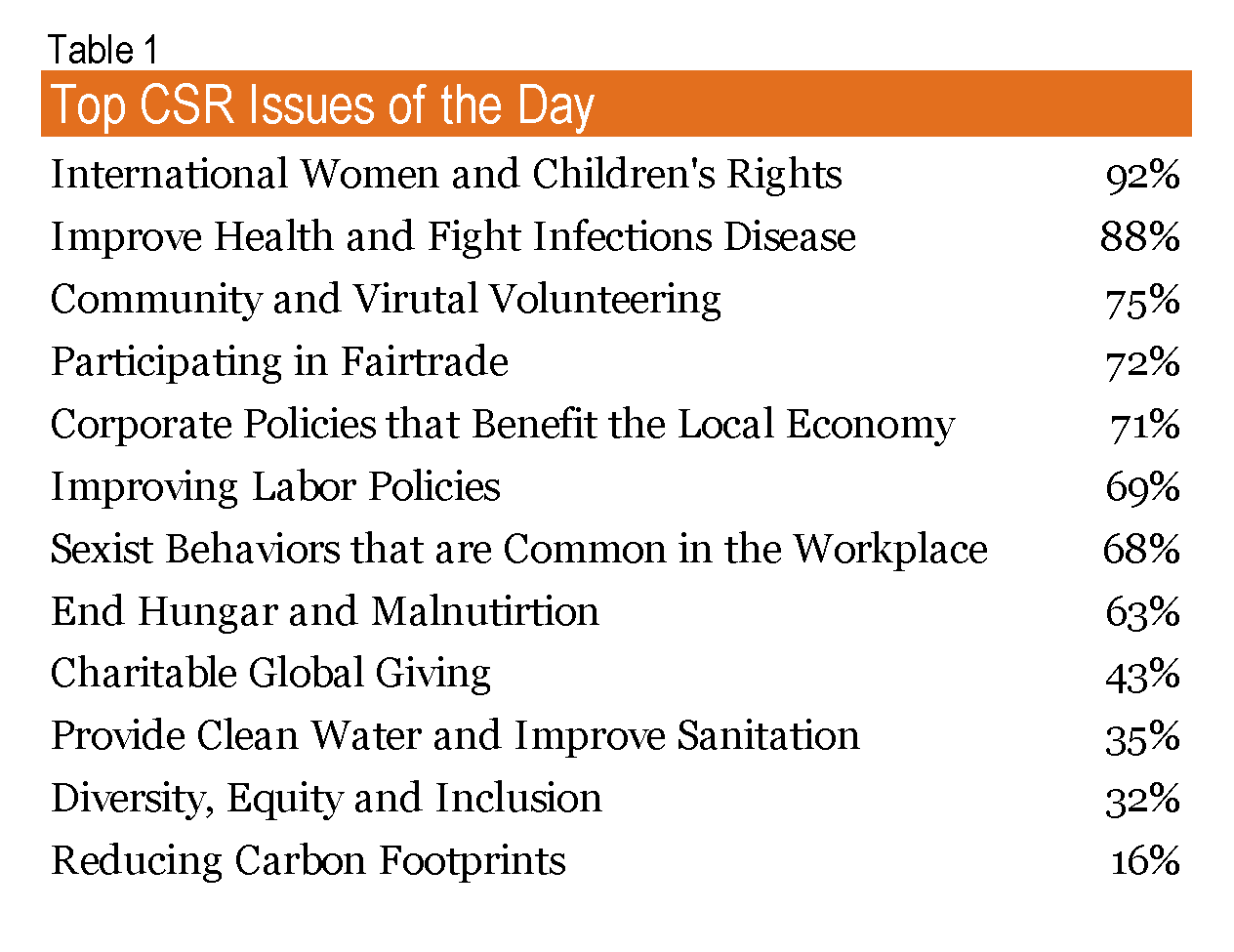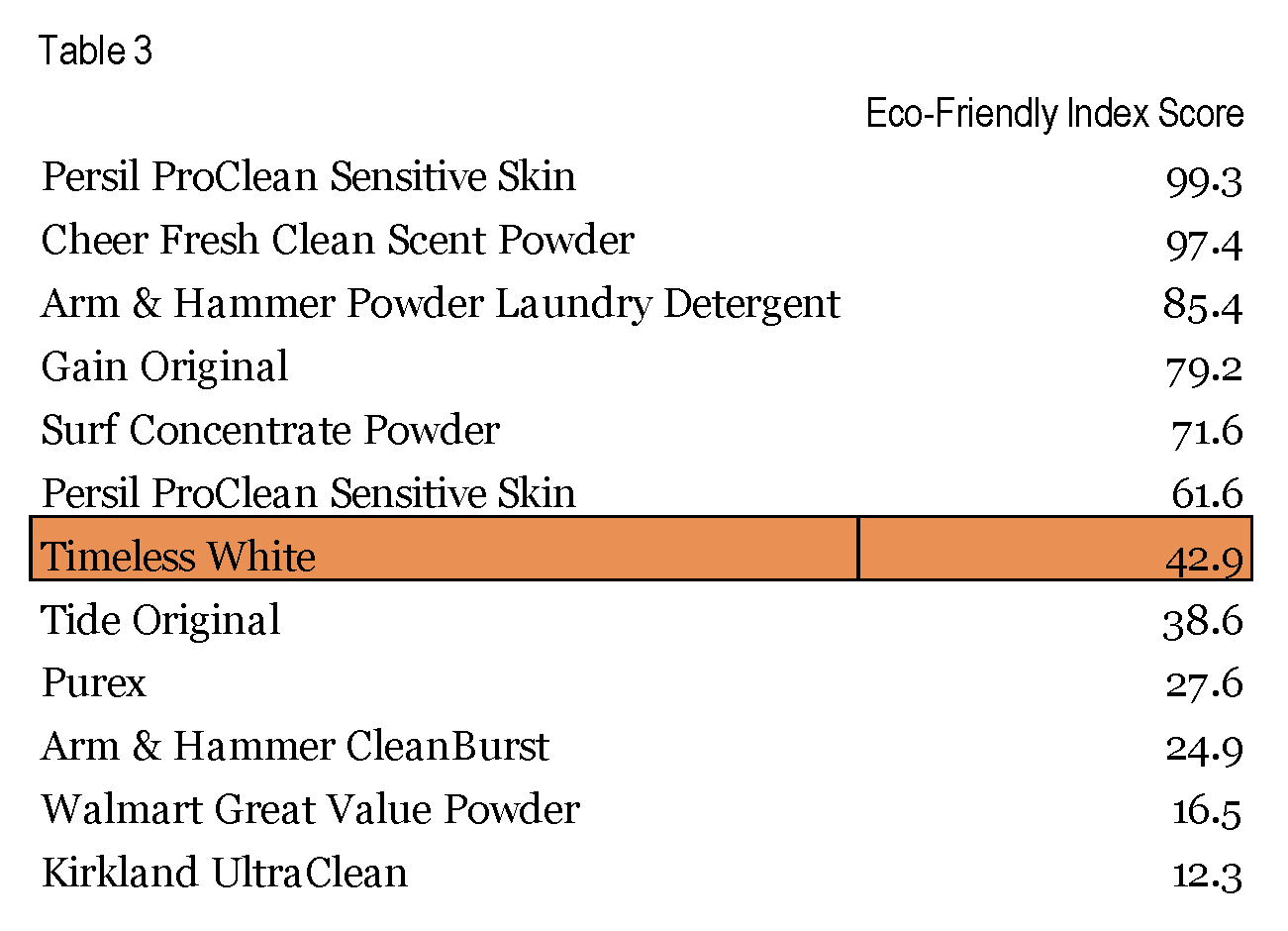Brands are joining the culture wars
Editor's note: Michael Lieberman is the founder and president of Multivariate Solutions, a New York-based research consulting firm. He can be reached at michael@mvsolution.com.
Thanks to the 24/7 availability of news, it’s easier than ever before to learn about topics that were once swept under the rug because there were no cell phones to record social movements and cultural flows.
A large majority (66%) of consumers who want brands to take a social stand say it's because they believe brands can create real change. More than two-thirds (67%) of consumers think brands are effective at raising awareness around important public issues when they speak out on social media (Sprout Social, 2020). As a result, brands are showing much more interest in social causes, righting the wrongs of the past and supporting brands with values that align with their own.
Brands taking social stands
Nike was one of the first big brands to respond to unrest in the U.S. in 2020. However, that was not the first time Nike voiced its support for the Black Lives Matter movement, but unlike in 2018 – when Nike put out a carefully planned ad campaign featuring NFL player Colin Kaepernick – the company went full in.
Tommy Hilfiger’s “Moving Forward Together” is similarly based on social good, aiming to help both the fashion and creative industries recover from the impact of the COVID-19 pandemic.
In 2017 Lyft used a different approach than Uber when reacting to Trump’s travel ban and gained a competitive advantage with consumers. As part of its corporate strategy, Lyft seized the opportunity to condemn Trump’s travel ban, pledging to donate $1 million to the American Civil Liberties Union over four years. It also released a statement saying that “[Lyft stands] firmly against these actions, and will not be silent on issues that threaten the values of our community.”
Brands do take on some risk when following a social approach. Kantar’s 2021 Media Trends and Predictions report offers a word of caution, however, as inauthenticity in this area can alienate consumers. As the report states, “the raison d’être of brands like Patagonia, Veja and The Beauty Counter is intrinsic, whereas campaigns from other companies might be perceived as opportunistic or insincere.”
Measuring a brand’s social commitment
As management guru Peter Drucker said, “If you can't measure it, you can't manage it.” To stay competitive, brands must know what customers are saying about their products online. If you’re not measuring your social brand equity, you risk missing out on key opportunities.
In this article, I am going to introduce a method of brand indexing – a quantitative measure to follow how a brand’s social stand might rate against competitive brands, a group of competitive corporations or any competitive set they choose to be compared with. This method can be employed for overall social norms, specific subjects or matters such as sustainability, not just large social issues of the day. It is easy to design and field and can easily be updated or created into a long-term brand index. The flexibility of the approach allows a brand to compare itself not only to brands within its industry but to all brands at one time. It is based on a proven statistical choice method and is easily reported.
Maximum difference scaling
Maximum difference analysis (or scaling) is another method of choice modeling. Essentially, the MaxDiff has the respondent specify the “best” and “worst” choices from a set of three or more choices.
Furthermore, it allows brand strategists to test a range of brands (from three to a large number) on social issues without having to resort to difficult manual ranking. It is more effective than the direct, “Please rate the following on a scale of 1-to-7” approach and takes into account matchups among brands, or a list of social issues, that might not otherwise be directly compared. This methodology allows strategists to gauge positive sentiment, negative sentiment and, most importantly, what to avoid and when to stay silent on anything remotely controversial or inconsequential.
MaxDiff: Determining corporate social responsibility issues
The first example is of a technique that helps determine whether a brand should take a stand on social issues. Is there a backlash risk involved? Do consumers feel brands should take a stand on some issues?
In a regular poll respondents might be shown a list of corporate social responsibility (CSR) issues and then asked to check off or rate the ones that they feel are important issues for corporations to take responsibility for.
To start, we ask respondents the following: Of the list presented below, please check the issues you believe are important for brands to make a social media stand on.

Table 1 shows a list of the 12 most relevant CSR issues and the percentage of respondents who indicated these were important issues – this array of questions is commonly referred to as the anchor and may be incorporated into the MaxDiff calculation.
In this example, our corporate client would like to pick one or two issues for a communication campaign. However, Table 1 is useful to indicate which issues are most important to address in comparison to other issues being presented.
Below are the specifics of the MaxDiff design generated.
- Number of items (CSRs): 12
- Number of items per set: 4
- Number of sets per respondent: 6
- Number of versions: 500
Each respondent will see six of these choice scenarios. Each attribute will be seen twice by each respondent. Five hundred MaxDiff scenarios are generated, meaning that attribute-to-attribute comparison is different for every 500 respondents, ensuring a total and robust comparison between each attribute.
Of the four issues below, which is the MOST urgent brand CSR? Which is the LEAST?
- Reducing carbon footprints.
- Corporate policies that benefit the environment.
- Community and virtual volunteering.
- Diversity, equity and inclusion.
Of the four issues below, which is the MOST urgent brand CSR? Which is the LEAST?
- Diversity, equity and inclusion.
- Reducing carbon footprints.
- End hunger and malnutrition.
- Improve health and fight infectious disease.
The output is calculated like this:
- Among scenarios with each social issue present:
- A CSR +100 if “most urgent.”
- “Not chosen” scores a zero.
- A CSR -100 “least urgent.”

The results of Table 2 are quite different from Table 1. Reading the table, scores well above zero are viewed as urgent CSR issues. Level 2 scores are above zero but are the second rank of urgency. Those issues near zero, are neutral. Those below zero are not seen as urgent. The MaxDiff construction in this case does not determine if an issue is toxic, rather ineffective.
Our client can now use both tables, the anchor table and MaxDiff count score to decide which issue to concentrate on.
MaxDiff: Determining the rank of your brand on a given CSR
The Library of Congress has Corporate Social Responsibility (CSR): A Resource Guide that includes online resources that provide evaluations of companies on various aspects of CSR including employee satisfaction, environmental matters and social issues. Among them are the Better Business Bureau (BBB); Business and Human Rights Resource Center EPA's Enforcement and Compliance History Online (ECHO); Green America – Responsible Shopper; and U.S. Green Chamber of Commerce Company Scorecard Report.
All of these are excellent secondary sources of corporate responsibility that can be used in conjunction with primary research.
As an example, let’s look at a fictional laundry detergent, Timeless White, that is in the midst of a corporate communications crisis.
Timeless White’s packaging was found to have a huge environmental toll, according to a report from the Climate Change Watch Group. The report went viral. The detergents’ mostly plastic bottles quickly pile up in landfills, where they degrade slowly and leach chemicals into the air, soil and groundwater.
Timeless White’s corporate management noted slumping sales and decided to do some crisis research. They decided to assess issues such as:
- The extent of the damage to Timeless White’s brand image.
- Reach of the negative message to understand the real threat to Timeless White.
- Timeless White’s brand perception.
- Consumer washing detergent propensity measures across the category.
Initial results show that promoting eco-friendliness could counteract the negative press. Among other things, Timeless White measures where it stands with 11 competitors on this key metric in the washing machine detergent category. The brand hopes that with a strong eco-friendly message it can change the corporate message around the product.
Where does it stand now concerning other brands in the space?
The team tests Timeless White and 11 competitors for a total of 12 brands. They use the same construct as the first example. Below are examples of the six decision scenarios shown to respondents.
A. Of the four brands below, which is the MOST eco-friendly? Which is the LEAST?
- Persil ProClean Sensitive Skin.
- Surf Concentrate Powder.
- Tide Original.
- Timeless White.
B. Of the four brands below, which is the MOST eco-friendly? Which is the LEAST?
- Walmart Great Value Powder.
- Timeless White.
- Kirkland UltraClean.
- Arm & Hammer Powder Laundry Detergent.
For each attribute, scores are calculated based only on those respondents for whom the attribute was included in the choice set.
In this case, we calculate the brand score differently. We are going to form it so the output can be viewed as an index and brands can be directly compared to one another.
- Among scenarios with each social issue present:
- Laundry detergent +100 if “most eco-friendly.”
- “Not chosen” scores a “50.”
- Laundry detergent 0 “least eco-friendly.”

Examining Table 3, we see that Persil ProClean Sensitive Skin is the category standard bearer in the image of eco-friendly. In almost every scenario where it is shown, Persil ProClean Sensitive Skin was chosen as the most eco-friendly.
Timeless White is ranked seventh in the category. With an index score slightly below 50, Timeless White is seen more often as the most eco-non-friendly than the most eco-friendly. The next step for the Timeless White’s communications team is to craft a brand message, form an advertising and social media campaign and then repeat the study one month later to determine whether Timeless White’s position has improved.
MaxDiff and brand strategy
There are many applications for the accurate measurement of choice modeling. MaxDiff ranking is not new but is emerging as the simplest and most effective choice for brand strategy. It can be used to assess the extendibility of a product’s strength, to refine a campaign’s communication efforts and/or as a way of monitoring the competition. Whatever its application, this method of brand measurement is a sophisticated tool that keeps brand communication strategists on top of corporate communications.
